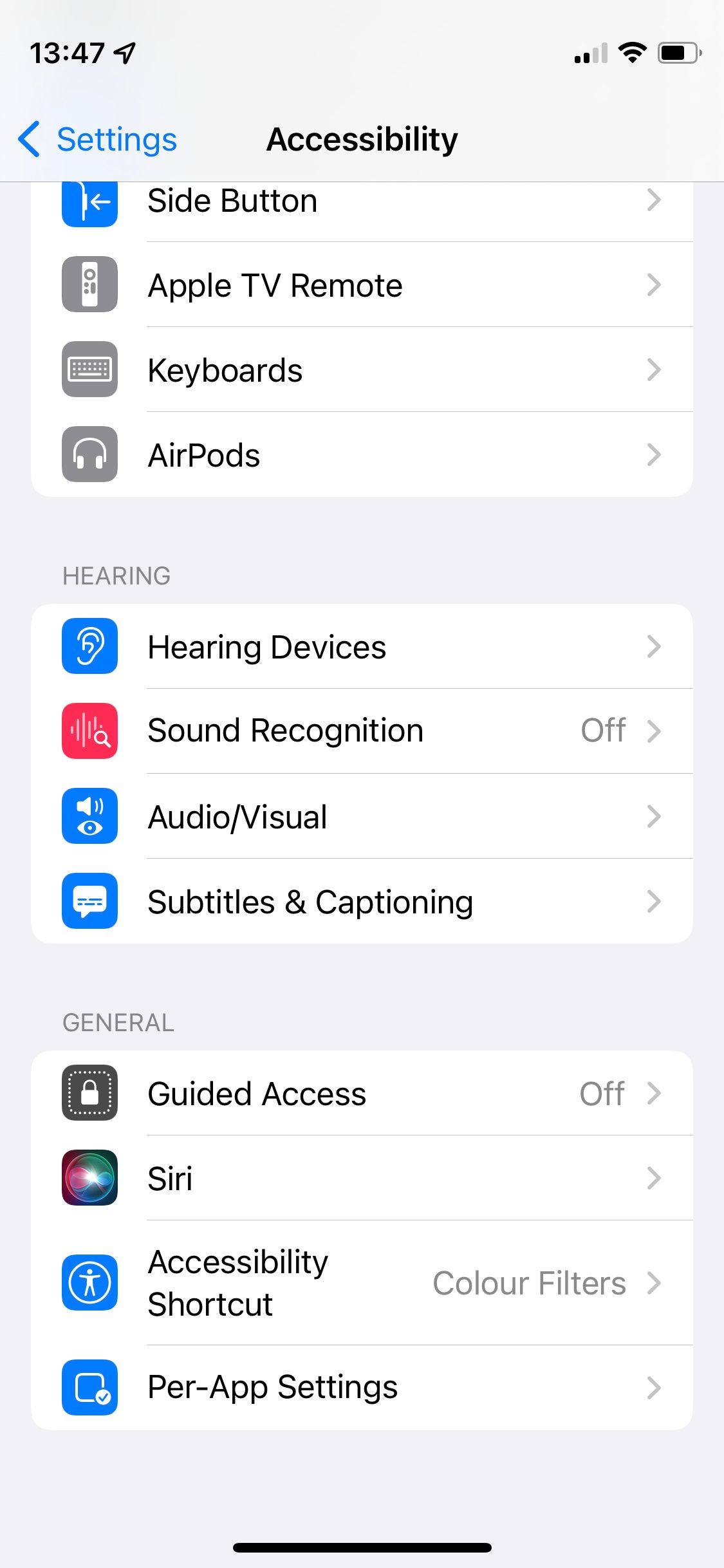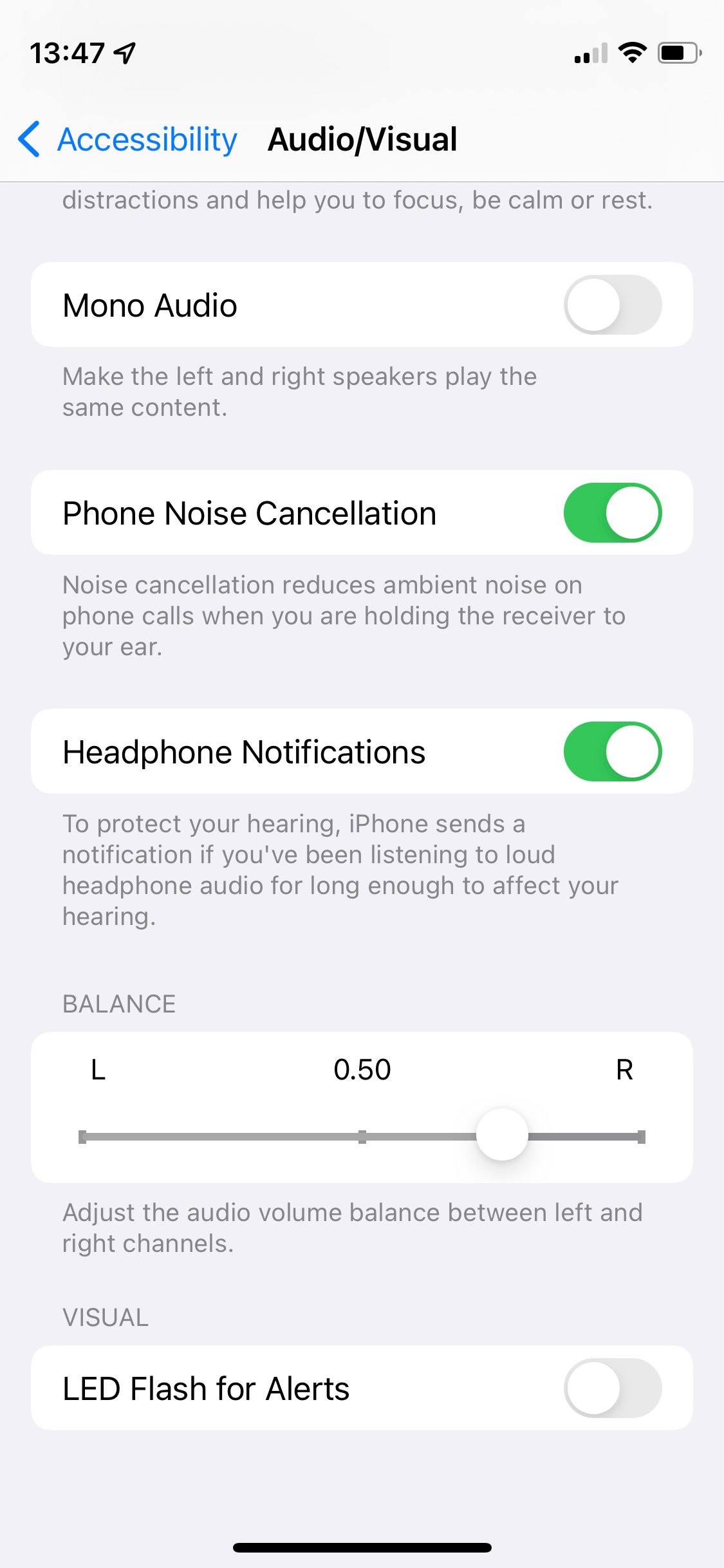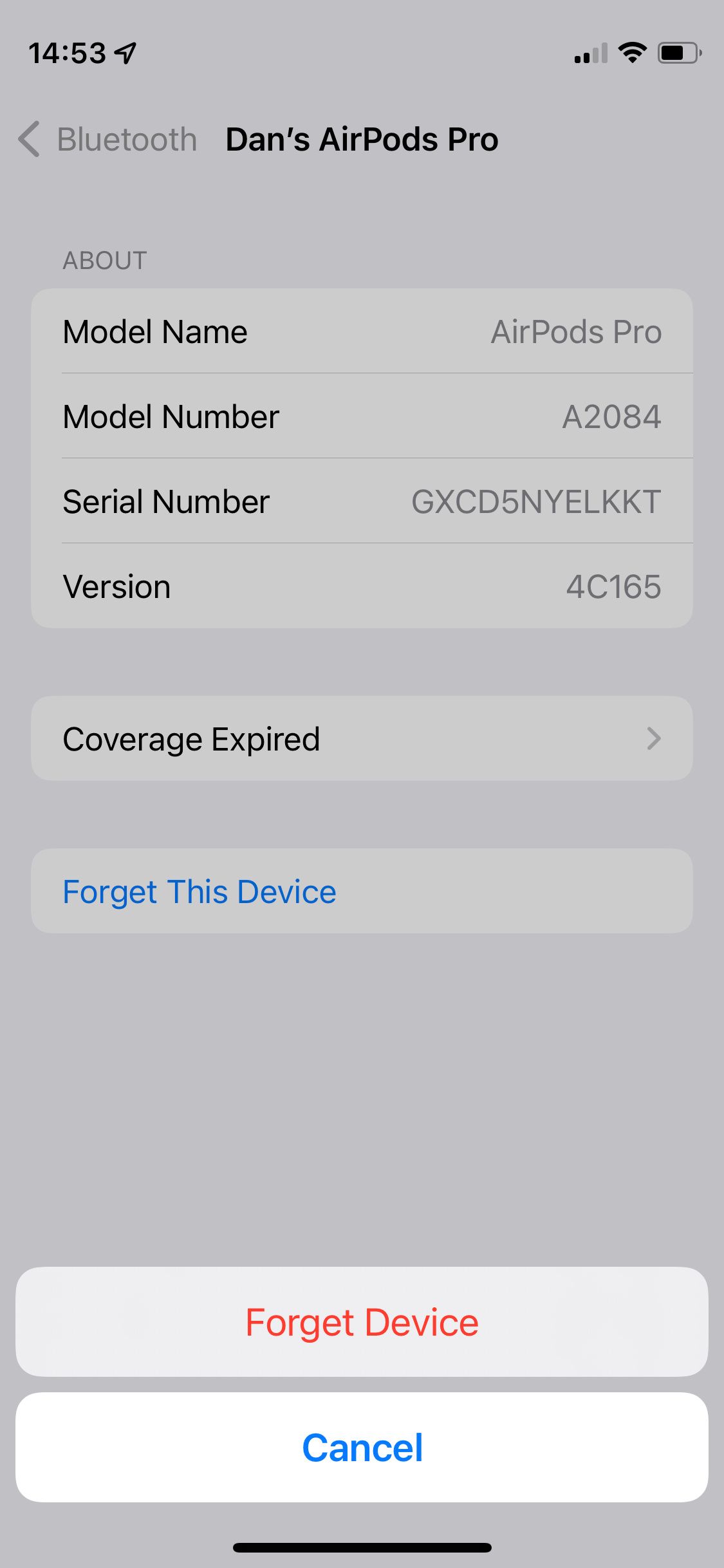
So, before you spend a bunch of time chatting to Apple's technical support, here's how to fix AirPods sound problems for yourself.
The first step you should take is to update the operating system for whatever device your AirPods are paired to, be it an iPhone, iPad, Mac, Apple Watch, Android device, or Windows PC.
These updates are the best way to fix widespread bugs that have emerged, which might be causing the problems with your AirPods. Just use the relevant link below to learn how to update your device:
Update an iPhone or iPad Update an Apple Watch Update a Mac Update an Android device Update a Windows PCAfter updating your paired device, you should also update the firmware on your AirPods. This is a little trickier to do because there's no "Update Firmware" button. Instead, follow our guide to update the firmware on your AirPods. In short, return your AirPods to the Charging Case, connect your paired device to the internet over Wi-Fi, and wait.
If you need to fix your AirPods because the sound is louder on one side, it might actually be the result of a feature, rather than a bug. Take a moment to learn about Dynamic Head Tracking, which moves the sound in your AirPods as you turn your head so that it always sounds like it's coming from your paired device.
If you've ruled out Dynamic Head Tracking, there might be an issue with your Accessibility settings:
Pair your AirPods to an iPhone or iPad and go to Settings > Accessibility > Audio/Visual. Scroll down to Balance. Ensure the slider is set to 0.00 in the middle.


This may sound simple, but ensuring your AirPods (and the Charging Case) are fully charged up could be all you need to do to fix your sound problems. It's a good way to fix all manner of AirPods problems.
So, return your AirPods to the case and connect it to a charging cable until it's fully charged. Then try using your AirPods again to see if the sound issues are fixed.
You can fix various problems, like when the audio is too quiet on AirPods, by unpairing and re-pairing the headphones. But before you do that, try turning the audio all the way down. Make sure you're playing some audio through your AirPods while you adjust the volume to make sure you aren't changing the ringer volume instead.
After turning your AirPods all the way down, unpair them from your device and forget the Bluetooth connection. On an iPhone or iPad, you do this by going to Settings > Bluetooth > [Your AirPods] > Forget This Device.



After doing that, pair your AirPods again like you did when they were new. Then turn the volume up again, while playing audio, to see if your AirPods are fixed.
If your AirPods audio is still not working properly, you may need to reset them completely. This is easy to do—just return your AirPods to the Charging Case and hold the Setup button until the light flashes white. We've got a full guide on how to reset your AirPods in case you want more detailed instructions.
It's possible your AirPods don't sound very good because earwax, dirt, or debris is clogging the speaker mesh. Similarly, AirPods Pro may sound glitchy if dirty microphones are causing problems with the active noise cancellation.
Follow our guide to clean your AirPods, paying particular attention to the microphone and speaker grills.
Sound problems could be down to issues with your AirPods Bluetooth connection. This could be caused by a weak signal or interference from other devices and appliances. To troubleshoot your Bluetooth connection, make sure your AirPods are close to the device they're paired with. Stay in the same room, and try not to let any big object get in between the two.
If your audio is still glitchy, try moving away from any objects that might interfere with your Bluetooth connection. These could include:
Poorly shielded cables Microwaves Wi-Fi routersLastly, try using the AirPods with a different device to see if the Bluetooth problems were with your original device, rather than the AirPods. Needless to say, if your AirPods audio is glitchy no matter which device you use them with, then you know that you're dealing with an AirPods problem.
If you do discover that one particular device is causing problems with your AirPods, try disconnecting any other Bluetooth devices from it (including an Apple Watch), then try toggling Bluetooth on and off or resetting the device entirely to fix it.

Some users reported that they were able to fix the sound on their AirPods by tweaking their Wi-Fi router settings. To be precise, Reddittor u/MaroonFloom fixed their AirPods by setting Wireless-Professional-Bluetooth Coexistence to Pre-Emptive on their router.
The settings on your router are likely to be quite different, but we'd suggest using a web browser to view all your browser options and fiddling with any Bluetooth-related options to see if any of them fix your AirPods.
If none of the tips above have been able to fix the sound on your AirPods, then it's time to speak to Apple. Visit Apple's Get Support website to speak to a technical advisor. Then point them in the direction of this post to let them know what steps you've already tried.
It's possible there's a physical problem with one or both of your AirPods and Apple will need to replace them. If your AirPods are covered by the warranty and you haven't damaged them, you shouldn't need to pay anything for this.
Even when their AirPods are working perfectly, some people still feel underwhelmed by the audio quality offered by Apple's wireless earbuds. If you feel the same way, there are lots of steps you can take to improve the sound quality of your AirPods, ranging from changing the tips on AirPods Pro to tweaking the EQ in your iPhone settings.
The above is the detailed content of 10 Ways to Fix AirPods With No Sound or Glitchy Audio. For more information, please follow other related articles on the PHP Chinese website!




